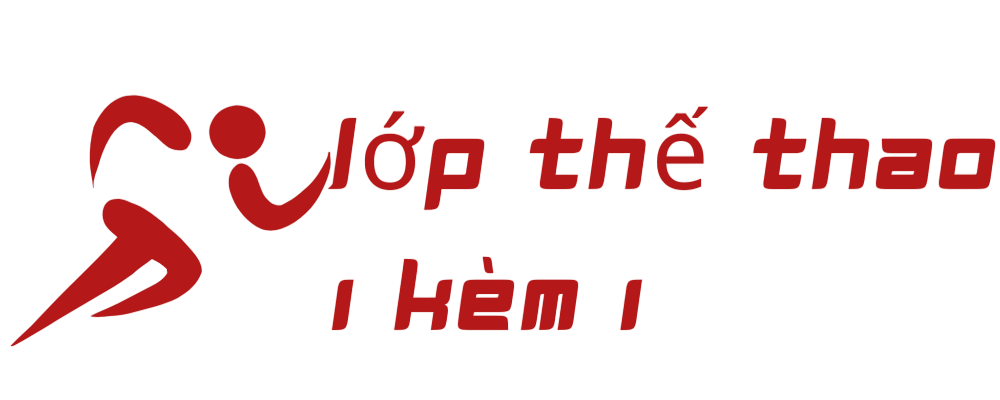international enterprises, broadcasting giants, and innovative sponsorship models. This complex web generated in excess of 4.5B EUR per annum throughout the 2023-2025 period, with sponsorship contributions accounting for nearly one-third of overall earnings according to GlobalData analysis[1][10][11]. https://income-partners.net/
## Fundamental Financial Foundations
### 1. Championship Sponsorships
The continent’s top-tier football tournament stands as the financial linchpin, attracting 12 global partners such as the Netherlands-based beverage giant[8][11], the interactive entertainment leader[11], and the Middle Eastern carrier[3]. These partnerships collectively contribute €606.33 million each year through federation-level arrangements[1][8].
Significant partnership shifts include:
– Sector diversification: Transitioning beyond alcoholic beverages to tech giants like Alipay[2][15]
– Territory-specific agreements: Digitally enhanced brand exposure in Asian and American markets[3][9]
– Women’s football investments: PlayStation’s parallel strategy bridging gender divides[11]
### 2. Broadcast Dominance
Media rights sales constitute the largest revenue share, yielding 2.6B euros annually exclusively from Champions League[4][7]. Euro 2024’s broadcast rights surpassed historical benchmarks by securing deals across five continents[15]:
– UK terrestrial networks achieving record-breaking audiences[10]
– BeIN Sports (France)[2]
– Asian broadcasting specialist[2]
Technological shifts include:
– Streaming platform penetration: DAZN’s €1.5B bid[7]
– Combined broadcast approaches: Multi-channel delivery through traditional and digital channels[7][18]
## Revenue Allocation Systems
### 1. Club Compensation Models
UEFA’s revenue-sharing protocol directs over nine-tenths of earnings toward sport development[6][14][15]:
– Meritocratic allocations: Top-performing clubs receive up to €120M[6][12]
– Solidarity payments: €230M annually toward community football[14][16]
– Territory-based incentives: Premier League clubs secured €1.072B from EPL rights[12][16]
### Regional Development Support
UEFA’s development initiative allocates the majority of tournament income through:
– Facility upgrades: Swiss stadium modernizations[10][15]
– Next-gen player initiatives: Funding 53 national projects[14][15]
– Equal opportunity funding: 30% player revenue mandates[6][14]
## Contemporary Issues
### Economic Inequality
UK football’s monetary supremacy nearly doubles La Liga (€3.7B) and Bundesliga (€3.6B)[12], creating performance disparities. UEFA’s financial fair play seek to address these gaps through:
– Salary limitation frameworks[12][17]
– Player trading regulation[12][13]
– Boosted development allocations[6][14]
### Commercial Partnership Controversies
Although producing unprecedented commercial revenue[10], 15% of Premier League sponsors are betting companies[17], fueling:
– Public health debates[17]
– Government oversight[13][17]
– Fan backlash[9][17]
Innovative organizations are pivoting toward socially responsible collaborations like:
– Sustainability projects with renewable energy firms[9]
– Community outreach programs backed by banking institutions[5][16]
– Tech education partnerships alongside software giants[11][18]

